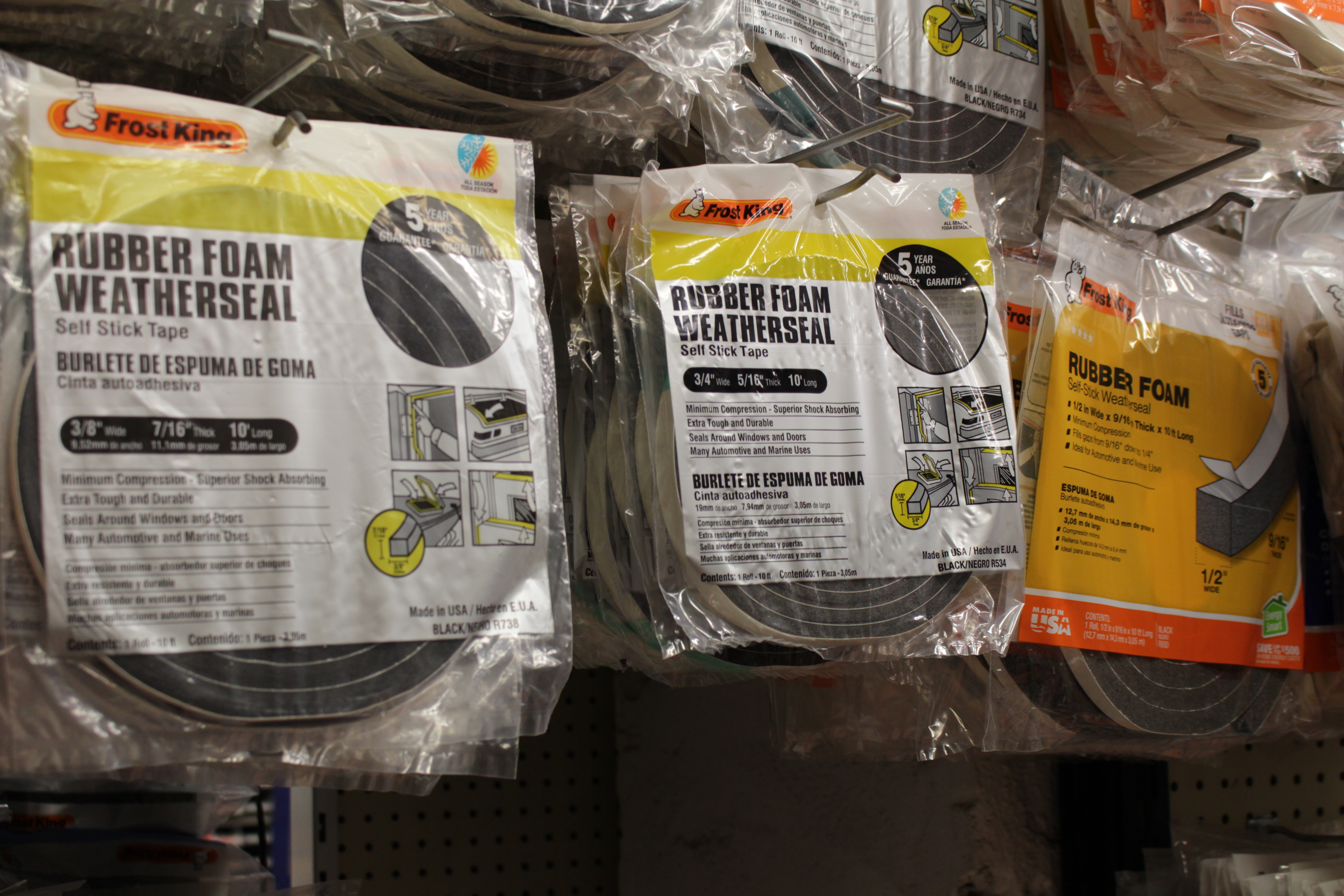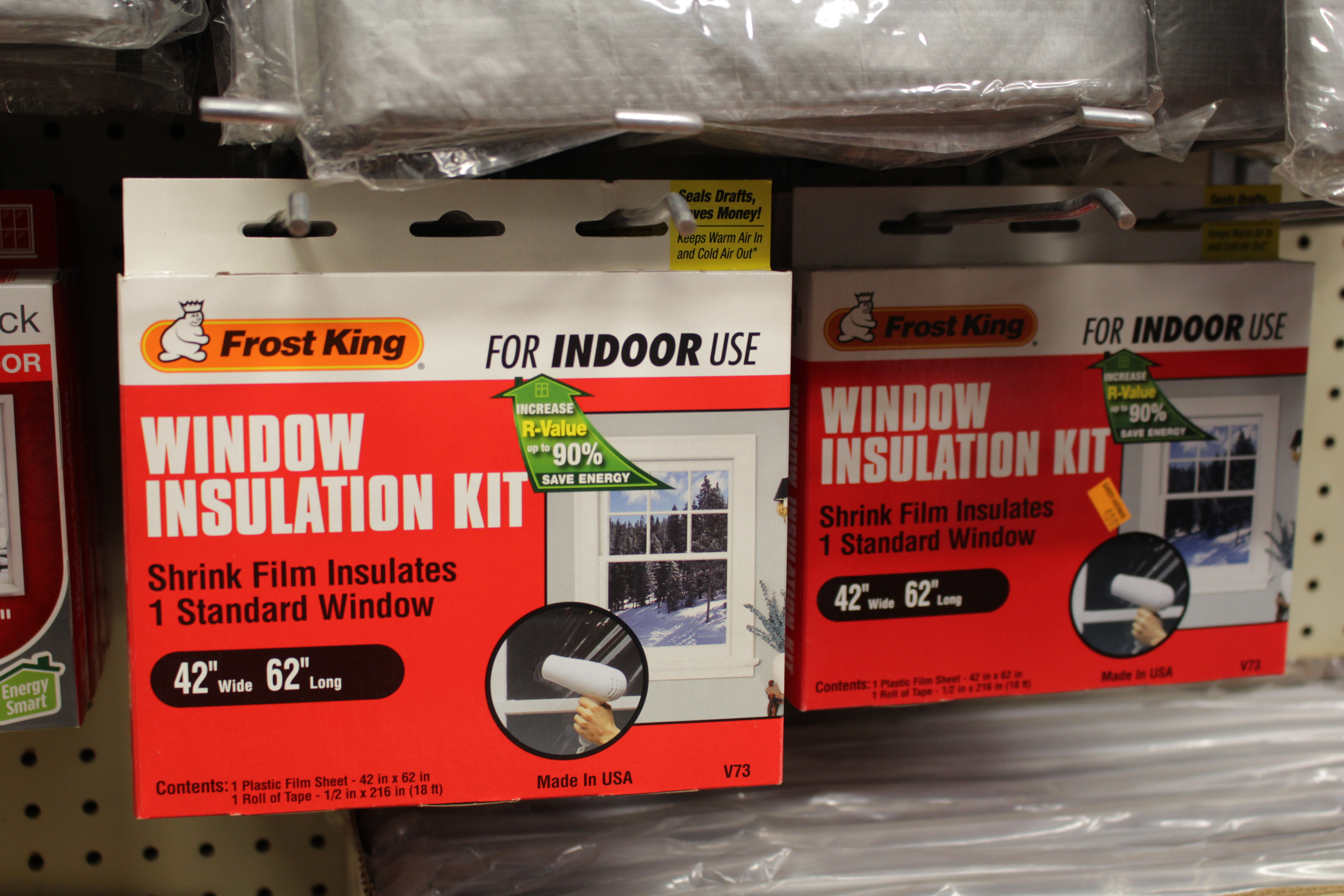
In New York City, it's easy to forget nature exists, except when a storm hits and you’re buried under a foot of snow, which is predicted for this weekend. We asked local hardware store owners for essential tips every New Yorker needs to stay safe and warm this winter.
1. Melt ice with calcium chloride — not rock salt — or use a pet-safe blend.
“Don’t get whatever salt is in the bodegas. Spend the extra money for calcium chloride,” said Nathaniel Schoen, the latest generation of the Garber family to run Garber Hardware — a treasured Greenwich Village hardware store that has been open since 1884.
Calcium chloride melts faster, achieves better results, and remains effective at lower temperatures than rock salt, he said.
Salt melts also pose a danger to pets, as the salt can burn or cut into their paws, Schoen explained. To avoid this danger, get a pet-safe blend that is salt-free and more environmentally friendly, such as Pet-Guard. A 20 lb. bag of calcium chloride or pet-safe blend costs around $20.
2. Avoid ruining your floors from snow drudge with rimmed plastic boot trays.
On bad winter days, we all cringe at the mixture of mud, chemical salts, and snow encrusted on our boots that we’re treading into our homes. Keep the mess contained by putting your shoes on plastic rimmed boot trays. This inexpensive investment — they range from $5 to $25 depending on brand and size — could save you a lot of heartache.
3. Preserve indoor heat by closing up cracks with foam or caulking cord and covering windows with shrink film.
One of the hardest parts of winter is keeping your home’s heat from escaping outside. Most aparrtments have heat leakage from an air conditioning units or windows, especially old ones. You can cover the cracks with foam weather seals or rubbery caulking cord — like Mortile — for no more than $10.
“The biggest culprit people neglect most is the [window] glass,” Schoen said. If there are no drafts and you’re still cold, you should wrap clear insulating shrink film over your window panes.
“Blow a hair dryer over the shrink wrap — it looks crystal clear,” he said.
The film costs $5 to $20 dollars, depending on the size. Unfortunately, it is unusable once removed, but it saves a lot of invisible heat loss.
4. Invest in an electric heater in case of an outage or for that extra dose of warmth.
Heaters stop working more often in the winter with the bad weather.
“With the cold weather comes rain, and then you get salty water running underground that can conk out machinery,” Schoen said.
Even if your heater is working, it often doesn’t cover the whole home equally, and a good electric heater — ranging from $40 to $150 — can provide that invaluable extra warmth on a cold night.
5. Protect your pipes from freezing and bursting with electrical heating cables.
“When it’s very cold, the pipes freeze” Guzman said. When pipes freeze, they sometimes burst. You can plug in the electrical heating wires and wrap them around the pipes, held in place by sticking tape. Heating wires typically cost $30 to $50. You could take an extra precaution by wrapping fiberglass insulation around the pipes.
6. Buy a sled! For grocery-lugging on slushy ground and for that magical winter day.
“Something that every New Yorker should have that they never, ever have?” Schoen asked. “A sled!” Sometimes you wake up to a winter wonderland of fluffy snow, and you — or your kids — will never forgive you for not having a sled to slide down the hills in a nearby park.
A sled is also a great substitute for a grocery cart when the ground is too iced-over or mucked up for wheels, making errands a lot less of a headache. Sleds range widely from $25 to $100.




























